DOE: all-electric vehicles have the lowest estimated average annual fuel cost of all light-duty vehicles
Green Car Congress
NOVEMBER 26, 2019
The estimated annual fuel costs for model year (MY) 2019 all-electric light-duty vehicles are the lowest of all the different vehicle technologies, ranging from a low of $500 to a high of $900 per year, according to the US Department of Energy (DOE). regular gasoline; $3.00 premium gasoline; $2.85 diesel; and $0.13

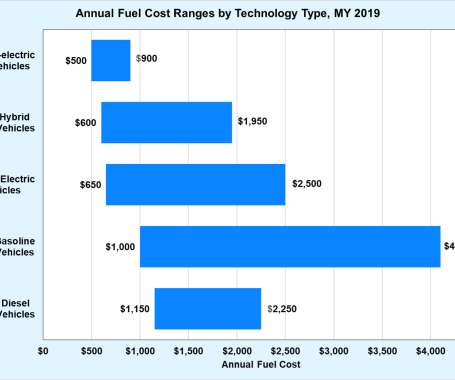









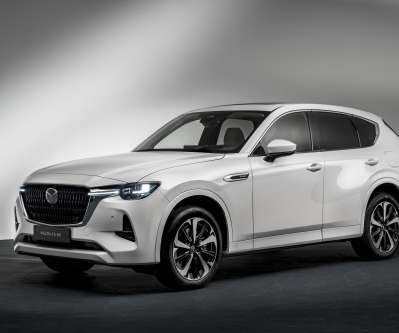
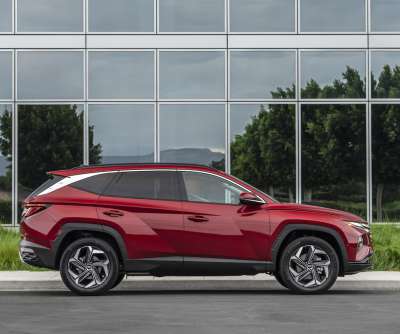



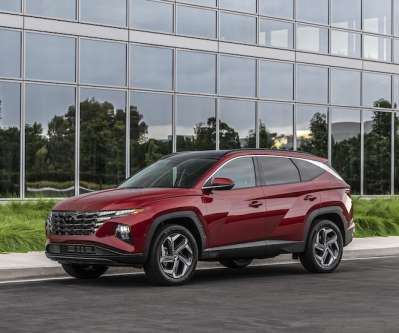
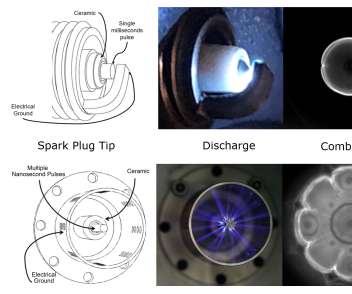






















Let's personalize your content